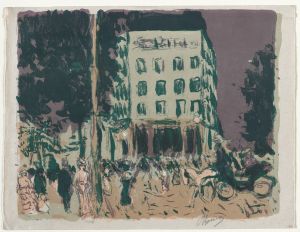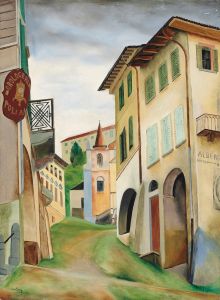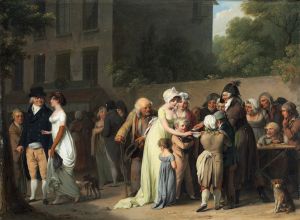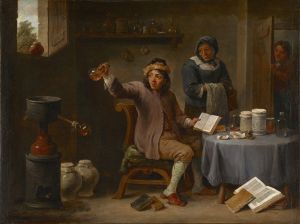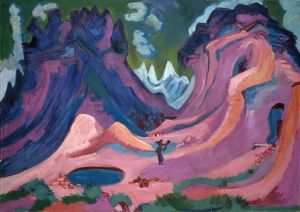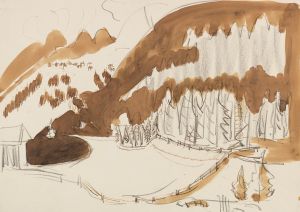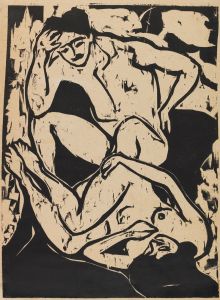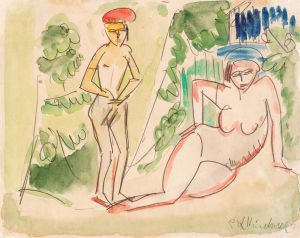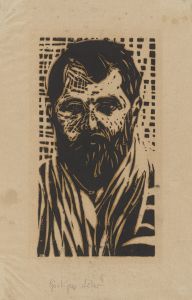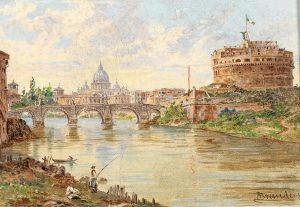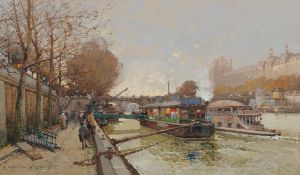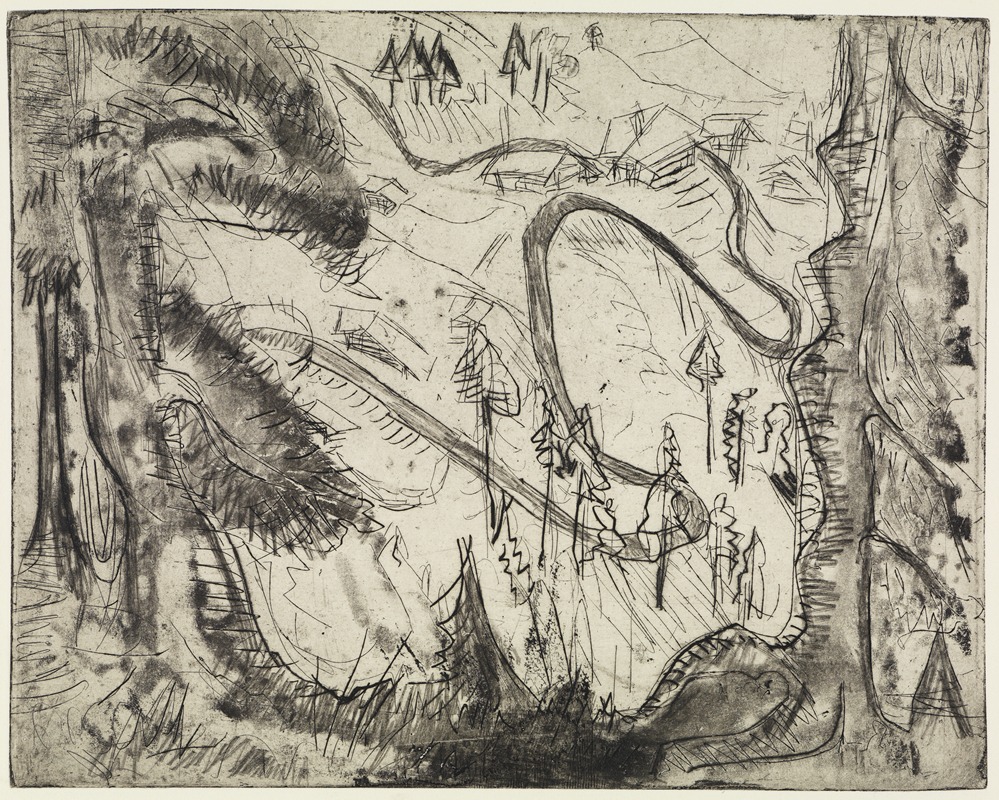
Bergweg, von oben gesehen
A hand-painted replica of Ernst Ludwig Kirchner’s masterpiece Bergweg, von oben gesehen, meticulously crafted by professional artists to capture the true essence of the original. Each piece is created with museum-quality canvas and rare mineral pigments, carefully painted by experienced artists with delicate brushstrokes and rich, layered colors to perfectly recreate the texture of the original artwork. Unlike machine-printed reproductions, this hand-painted version brings the painting to life, infused with the artist’s emotions and skill in every stroke. Whether for personal collection or home decoration, it instantly elevates the artistic atmosphere of any space.
"Bergweg, von oben gesehen" (Mountain Path, Seen from Above) is a painting by the German expressionist artist Ernst Ludwig Kirchner. Kirchner, born on May 6, 1880, in Aschaffenburg, Germany, was a founding member of the artist group Die Brücke (The Bridge), which played a pivotal role in the development of Expressionism in the early 20th century. His works are known for their bold colors, dynamic compositions, and emotional intensity.
"Bergweg, von oben gesehen" was created during a period when Kirchner was deeply influenced by his surroundings and personal experiences. After moving to Davos, Switzerland, in 1917 to recover from a nervous breakdown and physical ailments exacerbated by his service in World War I, Kirchner found solace and inspiration in the Swiss landscape. This painting reflects his fascination with the mountainous terrain and his innovative approach to capturing its essence.
The painting depicts a mountain path viewed from an elevated perspective, a vantage point that emphasizes the steepness and ruggedness of the terrain. Kirchner's use of vibrant colors and expressive brushstrokes conveys the dramatic and almost mystical quality of the landscape. The composition is characterized by its dynamic lines and the interplay of light and shadow, which create a sense of movement and depth.
Kirchner's style in "Bergweg, von oben gesehen" is marked by a departure from realistic representation, favoring instead an emotional and subjective interpretation of the scene. The bold use of color and the abstracted forms are typical of his mature work, reflecting his desire to convey the inner experience of the landscape rather than a mere visual record.
Throughout his career, Kirchner's work was deeply influenced by his personal struggles and the broader social and political upheavals of his time. His move to Switzerland marked a significant turning point in his life and art, as he sought to escape the turmoil of post-war Germany and find a new sense of peace and purpose. The Swiss Alps, with their majestic beauty and serene environment, provided a perfect backdrop for his artistic exploration.
"Bergweg, von oben gesehen" is an excellent example of Kirchner's ability to transform his personal experiences and emotional responses into powerful visual statements. The painting not only captures the physical beauty of the Swiss landscape but also reflects the artist's inner journey and his quest for healing and renewal.
Ernst Ludwig Kirchner's contributions to modern art have been widely recognized, and his works are held in major museums and collections around the world. His innovative approach to color, form, and composition has had a lasting impact on the development of modern art, and "Bergweg, von oben gesehen" stands as a testament to his unique vision and artistic legacy.





